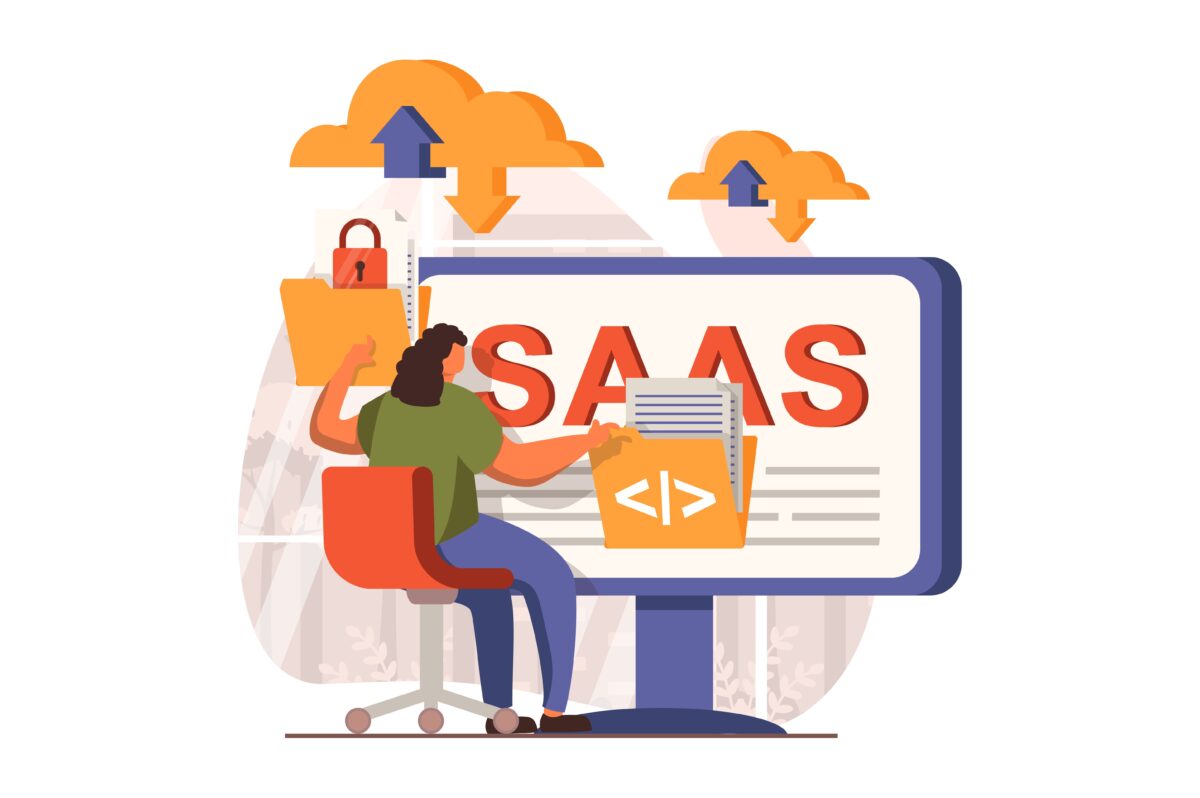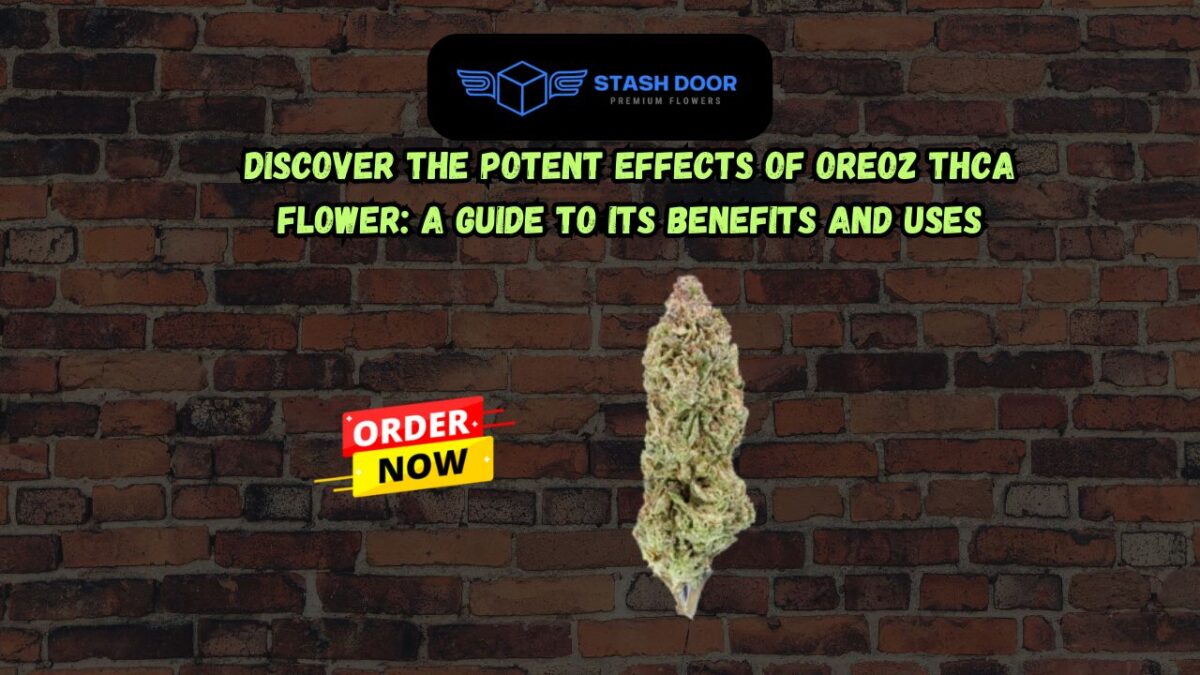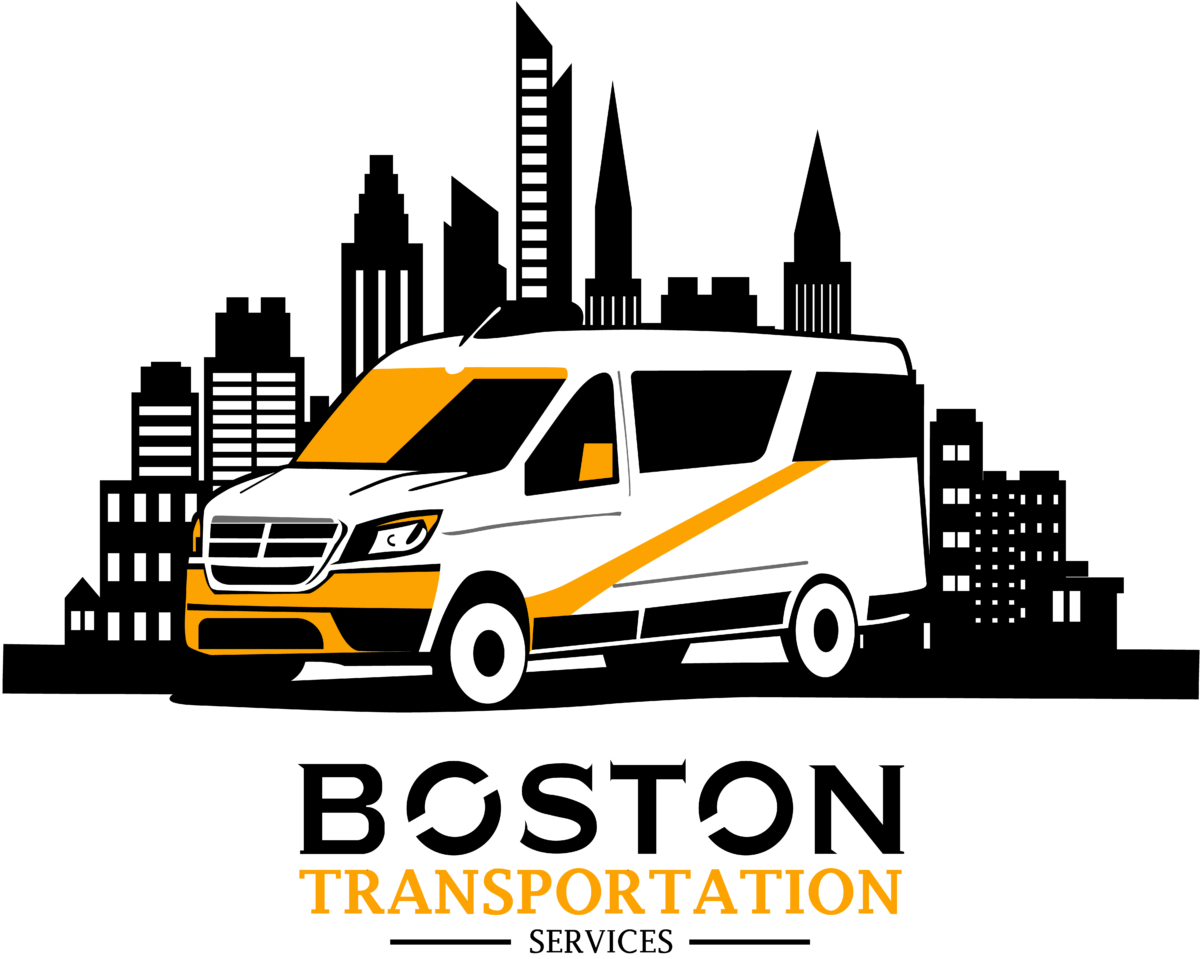Understanding the Customer Lifecycle Journey for SaaS

Success in the ever-changing Software as a Service (SaaS) industry depends on an understanding of the client’s lifetime path, also known as the SaaS Customer Lifecycle.
Every phase, from acquisition to retention, is critical to creating enduring bonds and promoting long-term success.
Let’s examine the nuances of each stage and see how SaaS businesses may successfully move through them.
Acquisition
The process starts with acquisition, where drawing in new clients and introducing them to your SaaS product are the main objectives.
The following are some crucial tactics:
-
Marketing campaigns with a focus
Create focused marketing initiatives to connect with the people that make up your ideal clientele. To successfully engage prospects, use a variety of channels, including email marketing, social media, and content marketing.
-
Search Engine Optimization (SEO)
Improve the visibility of your website and content on search engine results pages by optimizing them for relevant keywords. An effective SEO strategy may boost your chances of obtaining qualified leads and generate organic traffic.
-
Programs for Referrals
Create referral programs that encourage current clients to recommend new ones. In the SaaS sector, word-of-mouth marketing may be quite effective because individuals are prone to believing suggestions from their peers.
Initiation
The next thing to do after obtaining leads is to assist them in realizing the initial value of your software as a service. The transformation of leads into active users depends on this stage.
Here’s how activation might be attained:
-
A smooth process of onboarding
Create an easy-to-use and simple onboarding process so that consumers can rapidly get familiar with the essential aspects of your product. To make it easy for them to get started, give them clear instructions and tutorials.
-
Customized Product Presentations
Provide tailored product demonstrations to demonstrate how your SaaS solution meets each prospect’s unique requirements. Adapting the demo to address their issues will greatly improve the chances of activation.
-
Client Assistance
During the onboarding process, give great customer service to swiftly resolve any queries or issues. A satisfying first encounter might provide doors for continued involvement.
Retention
The true value of the customer’s lifetime journey is found in retention. Developing enduring connections with clients is crucial to increasing lifetime value and decreasing attrition.
Take into account the following retention tactics:
-
Consistent correspondence
Use frequent communication channels to stay in touch with your clients, such as email newsletters, product updates, and instructional materials. Inform them of industry trends, new features, and best practices.
-
Programs for Customer Success
To proactively assist clients in achieving their objectives with your SaaS solution, put in place customer success initiatives. Provide individualized coaching, workshops, and tactical counsel to promote user uptake and contentment.
-
Ongoing Enhancement
Pay attention to what customers have to say so that you may keep improving your goods to suit their requirements and tastes. To find areas that need improvement, gather feedback via surveys, user interviews, and support interactions.
Growth
Increasing the relationship with current clients is essential to the SaaS business model’s revenue development.
To increase client lifetime value, find possibilities for upselling and cross-selling:
-
Usage-based pricing schemes
Think about providing usage-based pricing structures that complement your SaaS product’s scalability. Customers may take advantage of this by upgrading their subscriptions as their consumption increases, which benefits both of them.
-
Customized Upgrade Suggestions
To determine whether consumers will profit from a feature addition or an upgrade to a higher-tier plan, use data analytics. Make customized upgrade recommendations according to their usage habits and requirements.
-
Special Discounts and Offers
Offer special deals and discounts from time to time to entice clients to check out other SaaS ecosystem goods and services. Deals with a time limit can increase urgency and encourage conversion.
Advocacy
Converting contented consumers into passionate brand ambassadors is the last phase of the customer lifecycle process.
Use their favorable experiences to draw in new clients and promote a feeling of community:
-
Programs for Customer Advocacy
Create customer advocacy initiatives to encourage devoted clients to tell others about their experiences. Motivate them to provide testimonials, take part in case studies, and recommend new clients.
-
User Groups
Establish online communities for users so they may communicate, exchange ideas, and gain knowledge from one another. Encourage a feeling of empowerment and community, and take an active role in local conversations.
-
Acknowledgment and Incentives
Recognize the contributions of your most ardent supporters and give special benefits or incentives to them. A small token of appreciation may go a long way toward boosting their advocacy and allegiance.
Conclusion
In conclusion, SaaS businesses hoping to prosper in the cutthroat market of today must comprehend their customer’s lifecycle journey, also known as the SaaS Customer Lifecycle.
By concentrating on client acquisition, activation, retention, expansion, and advocacy, organizations may create long-lasting customer connections and promote sustainable growth.
With strategic planning, compassion, and a dedication to providing value at every touchpoint, embrace every stage of the journey.











